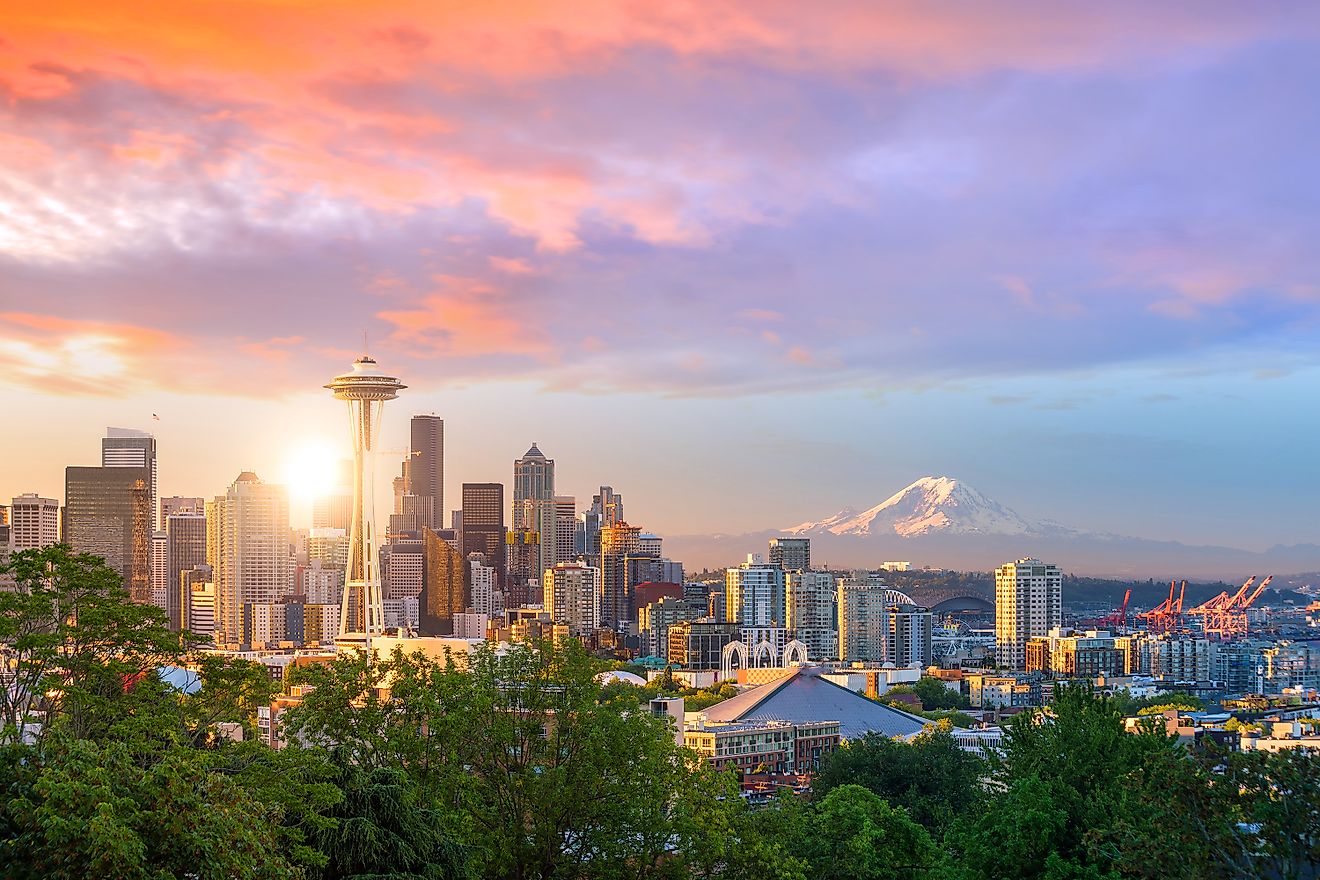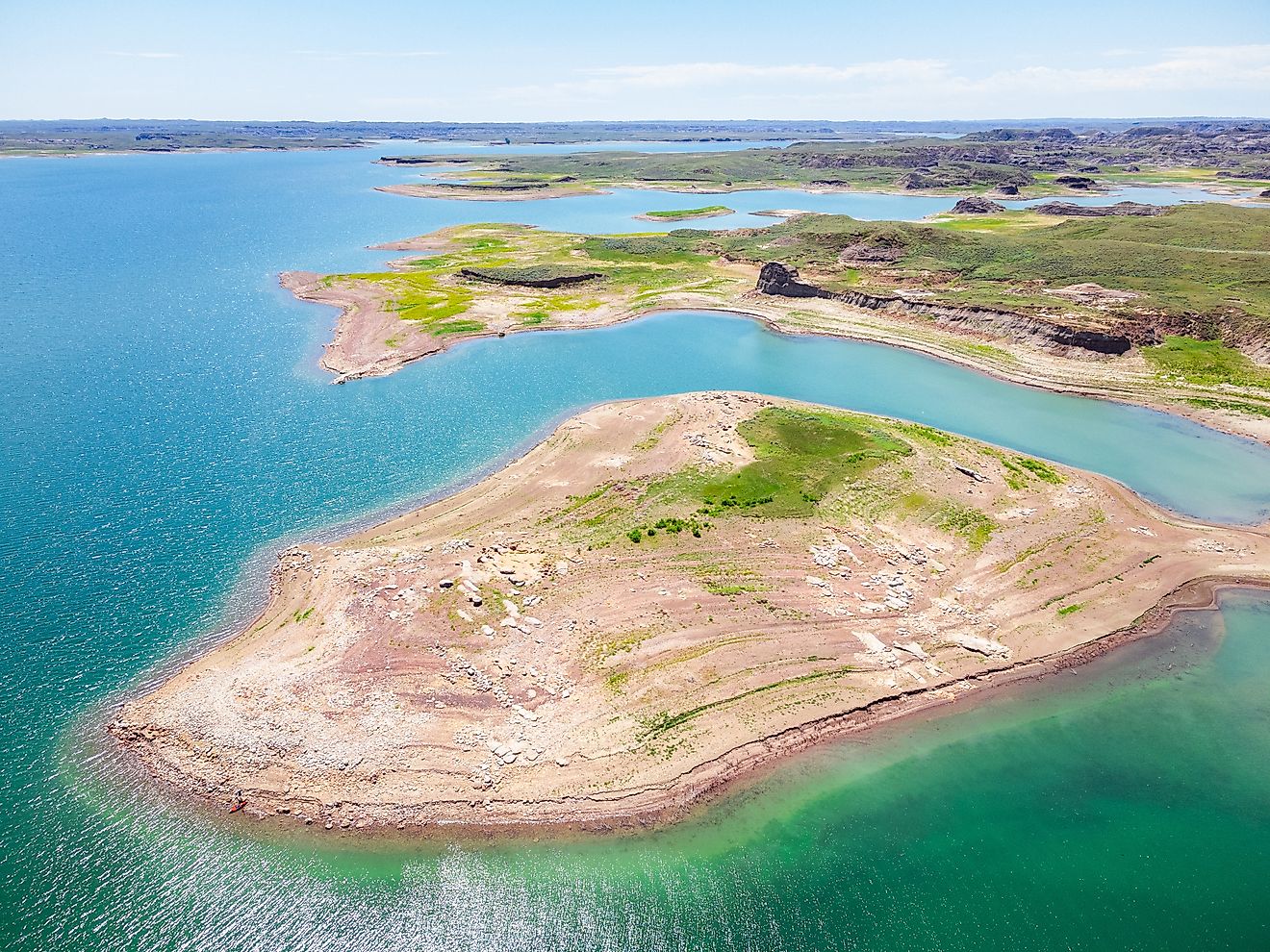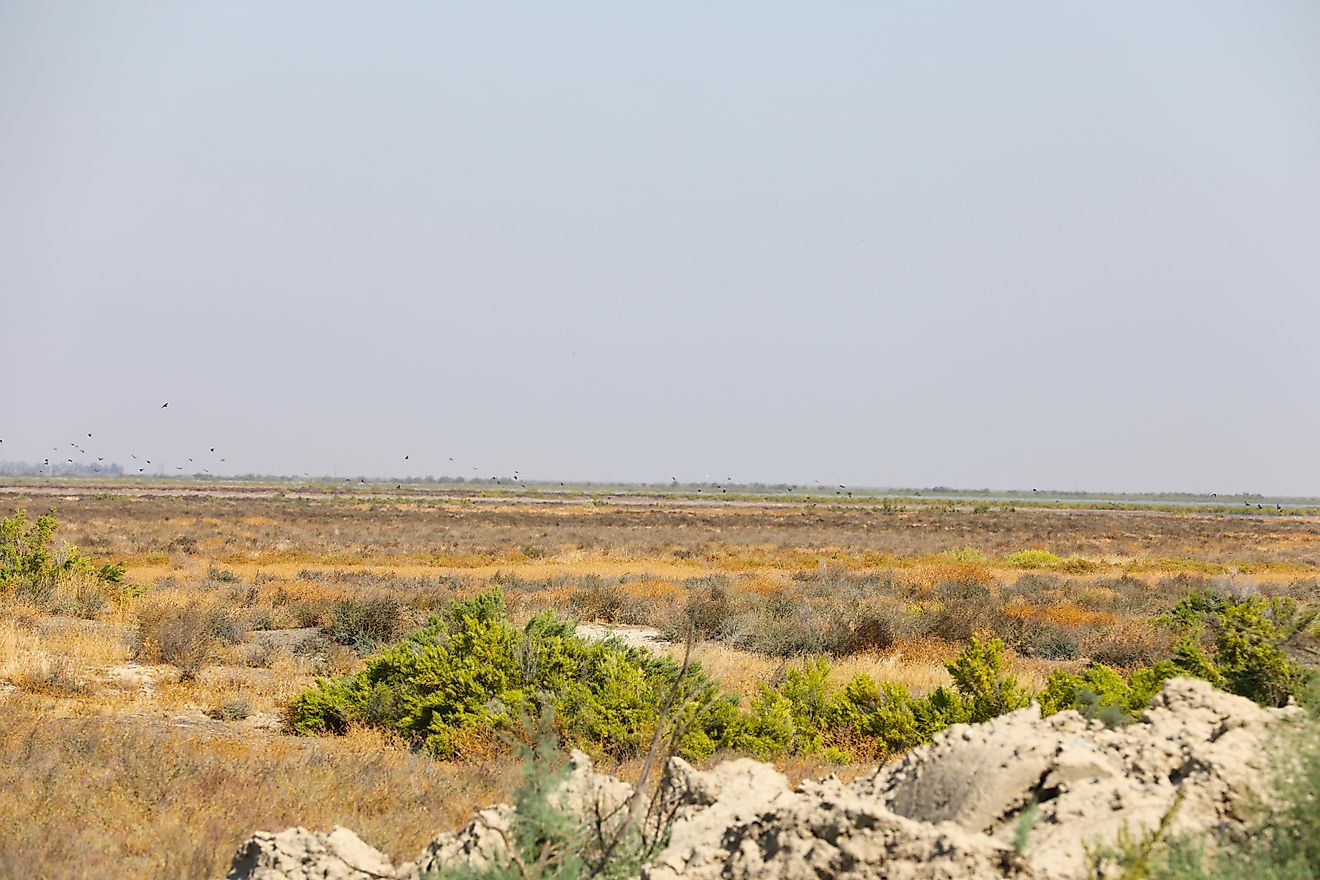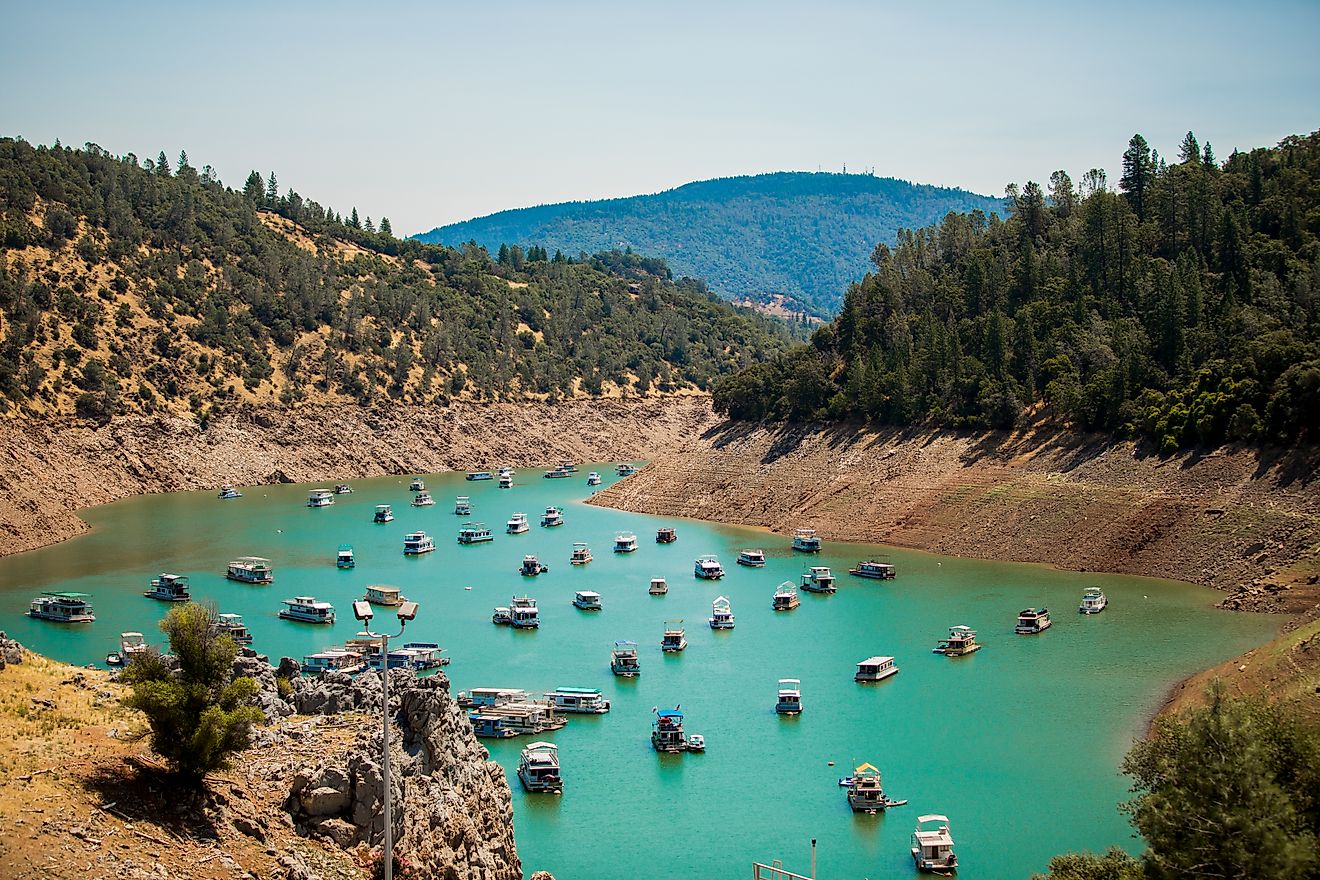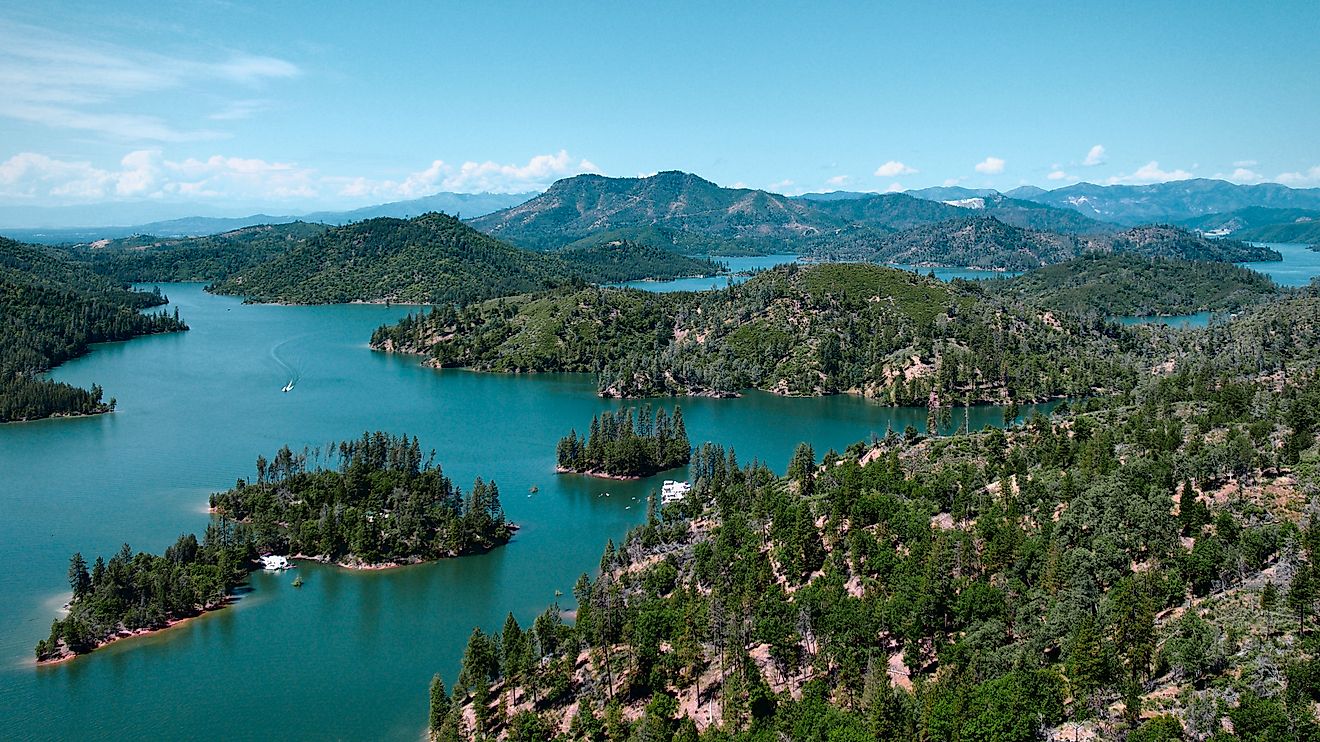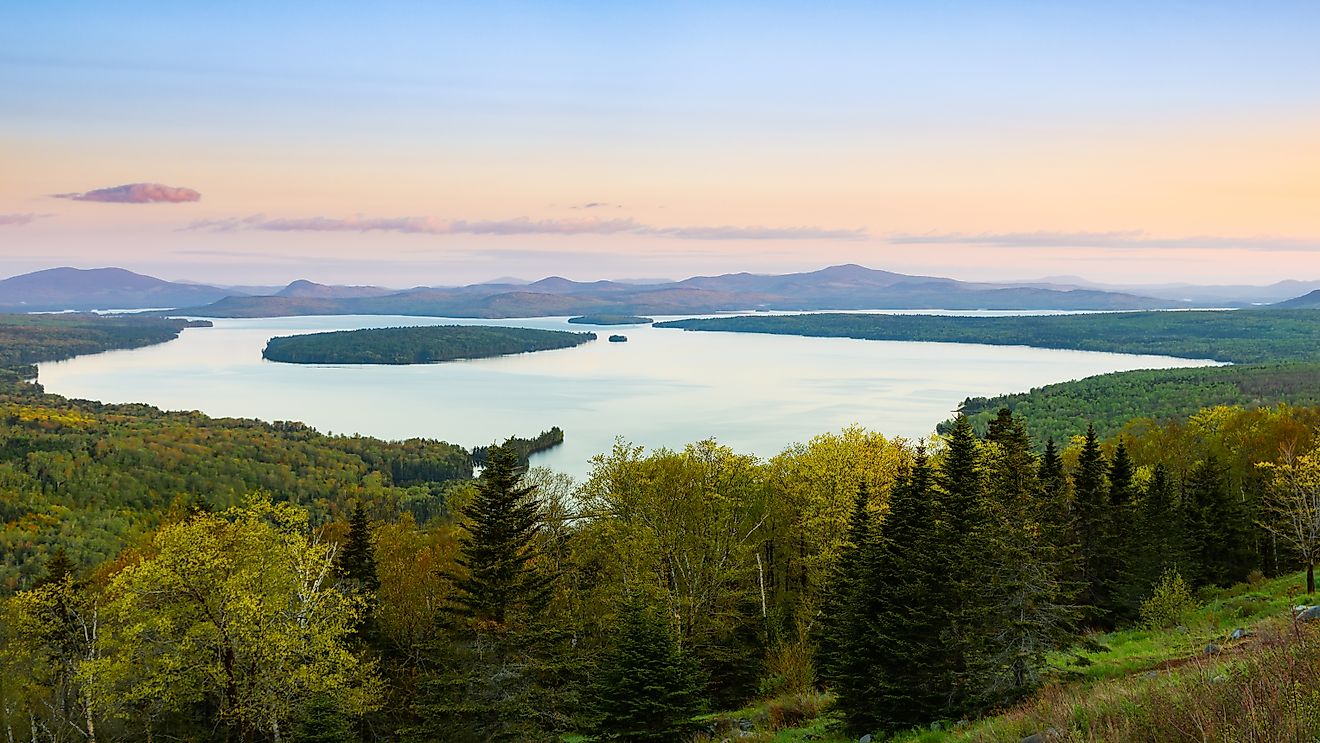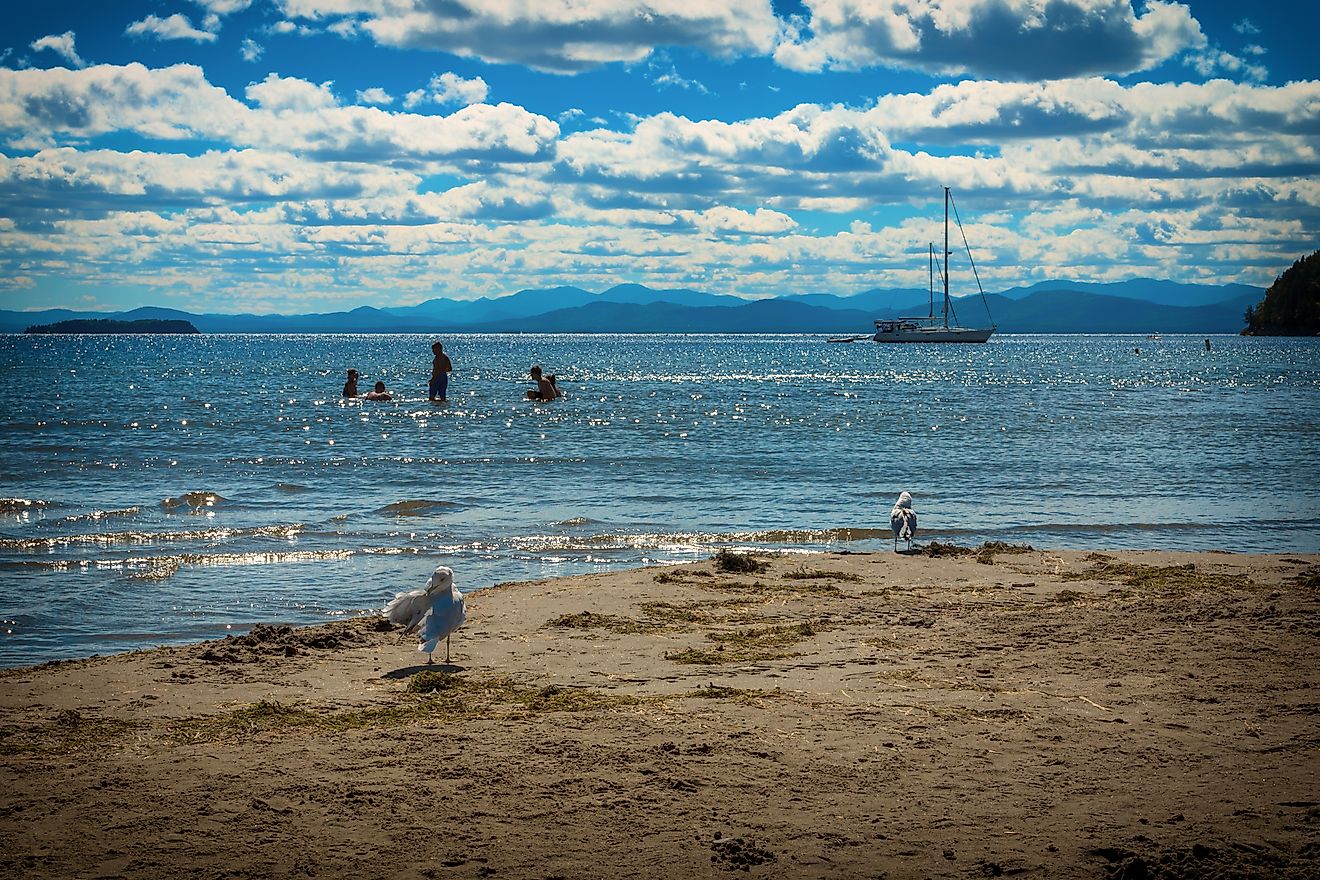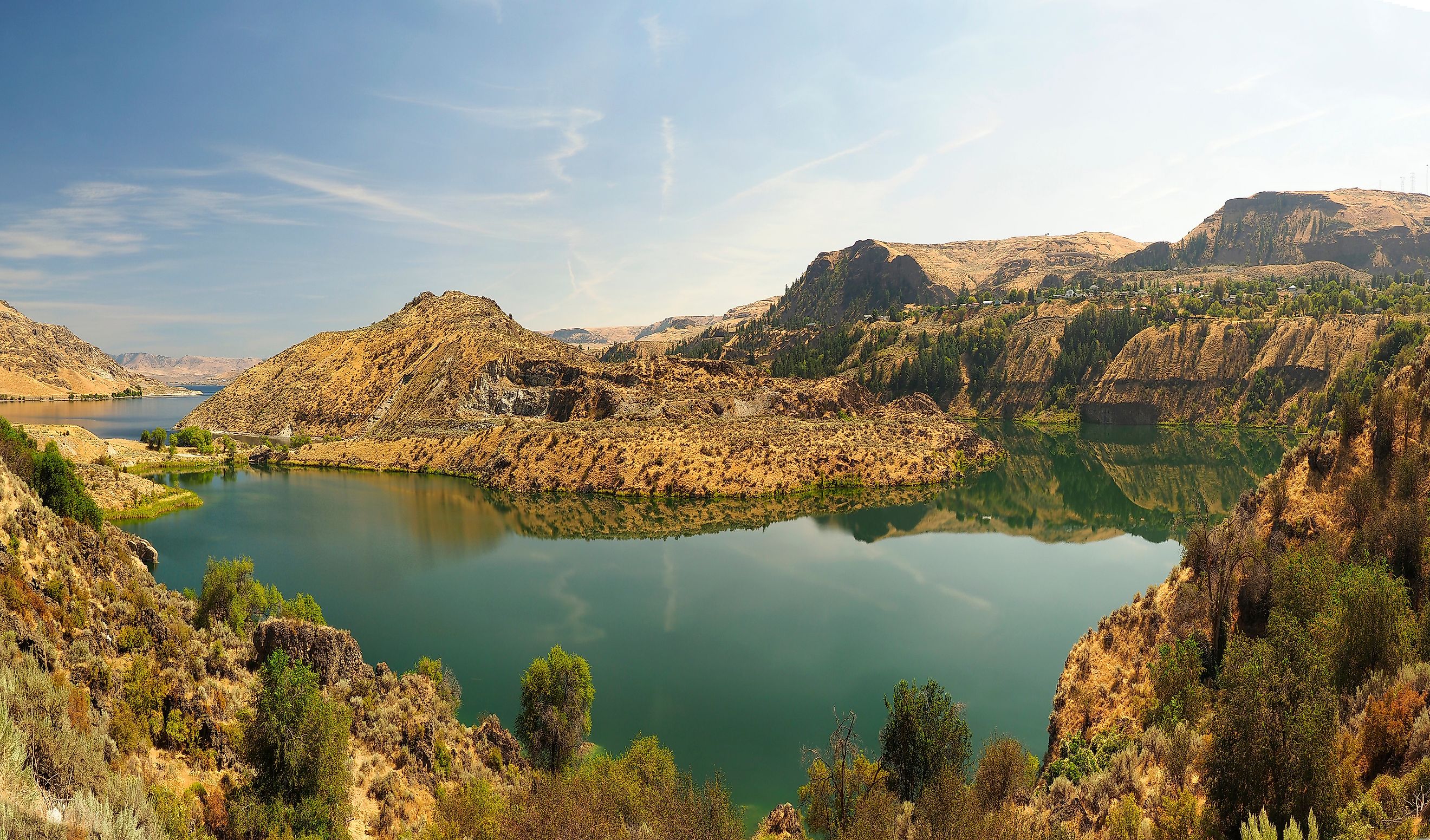
Franklin Roosevelt Lake, Washington
Few places in the Pacific Northwest reflect the scale and ambition of American infrastructure like Lake Roosevelt. Created by the Grand Coulee Dam and named for President Franklin D. Roosevelt, this 150-mile reservoir carves through northeastern Washington with both practical purpose and scenic grandeur. It stores millions of acre-feet of water, fuels hydropower across the region, supports vital agriculture, and welcomes more than a million visitors each year.
But beyond its technical feats, Lake Roosevelt offers a rugged and rewarding experience for travelers. Campers pitch tents along quiet coves. Anglers pull kokanee and trout from deep, cold waters. Houseboats drift between basalt cliffs and high desert hills. Generations of Indigenous families continue to rely on the lake’s waters, while stewards balance flood control, energy needs, and environmental protection.
Lake Roosevelt is not just a reservoir. It is a living system shaped by human ingenuity, cultural connection, and the vast reach of the Columbia River.
The Birth of a Reservoir
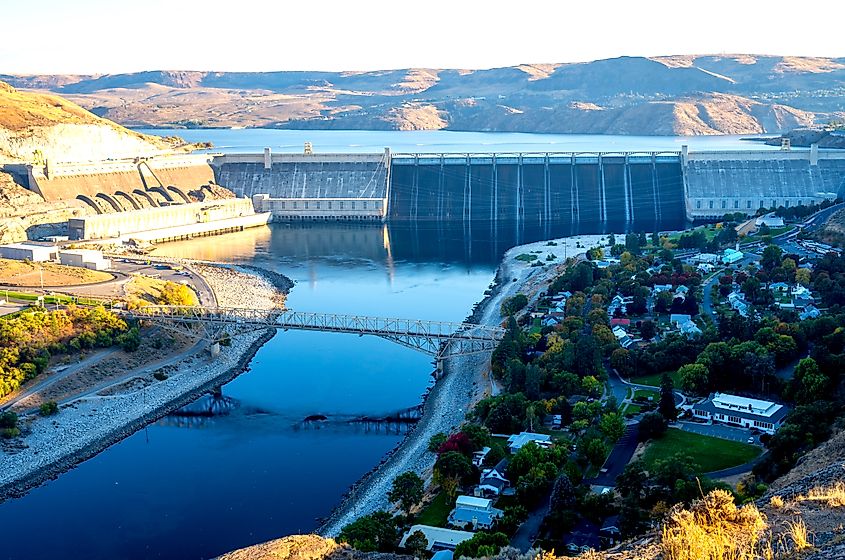
Lake Roosevelt formed when the Grand Coulee Dam was completed in 1941. The dam blocks the Columbia River, holding back enough water to form a reservoir 150 miles long. The lake reaches an average depth of 375 feet and spans more than 4,000 feet across in most areas.
When full, the lake rises to an elevation of 1,290 feet above sea level and stores 9 million acre-feet of water. That volume would be enough to cover the entire state of Washington in more than two inches of water. President Roosevelt personally supported the project, viewing it as a cornerstone of Depression-era recovery and long-term national development.
Tribal Lands and Federal Oversight
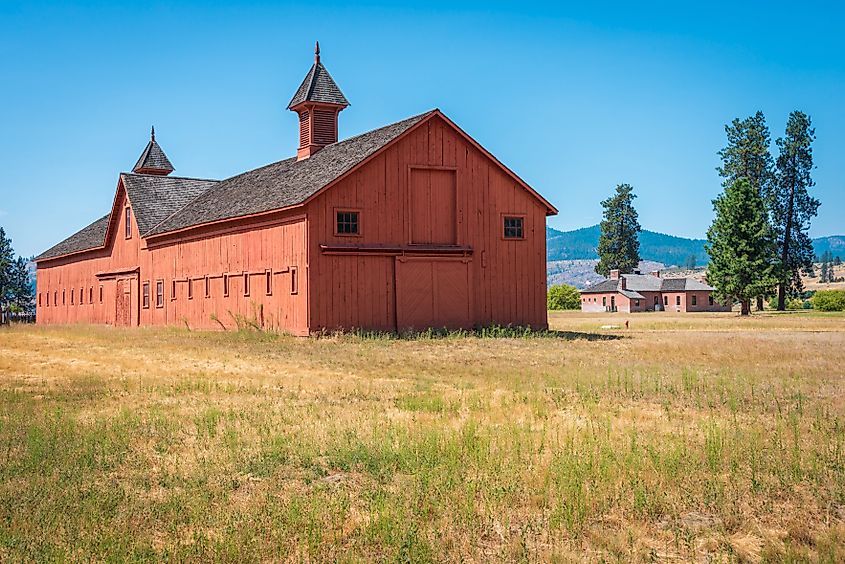
The Spokane and Colville Indian Reservations border parts of Lake Roosevelt. For Indigenous nations, the Columbia River has long served as a source of salmon, a place of ceremony, and a vital trade route. Today, tribal governments continue to advocate for clean water, sustainable fish populations, and access to cultural resources.
Outside of the reservations, the National Park Service manages 100,400 acres along the lake as the Lake Roosevelt National Recreation Area. This federal designation ensures public access for camping, boating, and education, and it has been in place since 1946.
Hydropower and Agriculture
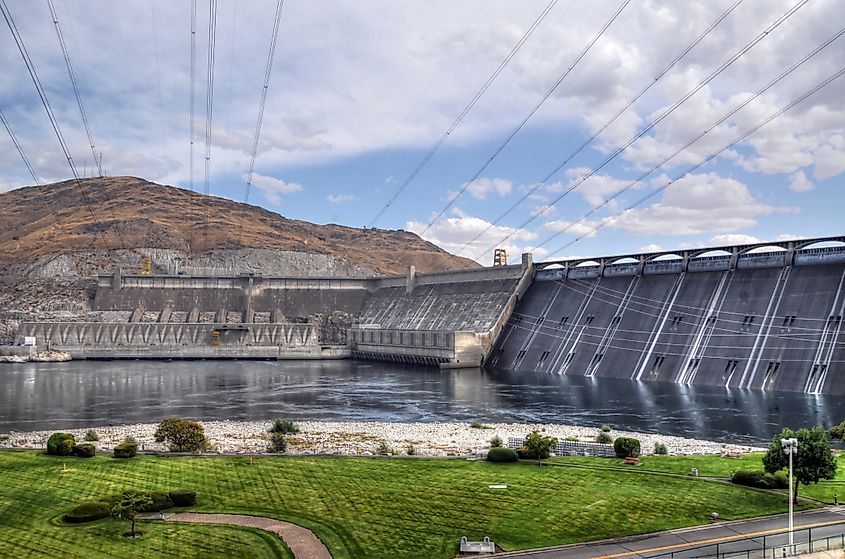
Lake Roosevelt plays a critical role in both energy production and irrigation. The Grand Coulee Dam is one of the largest hydroelectric power plants in the country. It supplies electricity across Washington and neighboring states.
The reservoir also supports the Columbia Basin Project, an agricultural initiative that turns dry plains into productive farmland. Around 2.5 million acre-feet of water are pumped annually from the lake to irrigate over 670,000 acres on the Columbia Plateau. The Bureau of Reclamation oversees the system, which has transformed the economy of central Washington.
Water Level Management
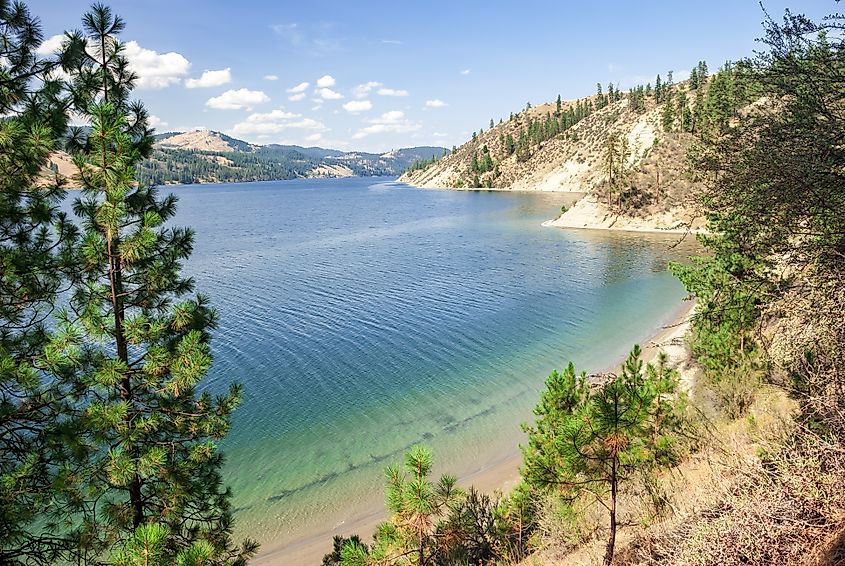
The level of Lake Roosevelt rises and falls based on seasonal needs. In winter and early spring, the Bureau of Reclamation lowers the water level to prepare for runoff from snowmelt. The reservoir typically refills by late June, although fluctuations of up to 82 feet can occur.
Water management must also consider the needs of native fish, including salmon, steelhead, bull trout, and white sturgeon. Multiple agencies work together to coordinate these adjustments while meeting power and flood control demands.
Outdoor Recreation on the Water
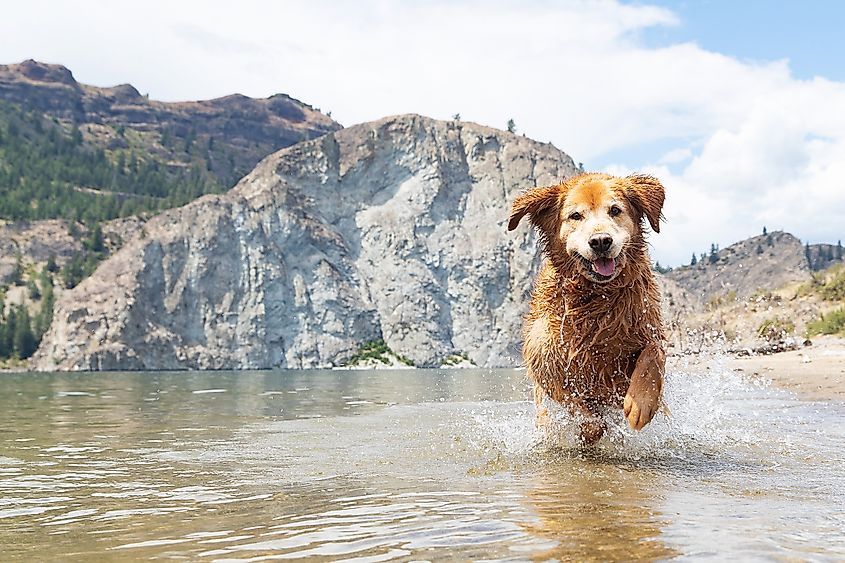
Lake Roosevelt is a major destination for recreation. Its 600 miles of shoreline offer wide-open spaces for fishing, boating, camping, and hiking. The Park Service operates dozens of boat launches, picnic areas, and campgrounds.
Fishing is especially popular. Three hatcheries stock the lake each year with more than one million fish, including 500,000 rainbow trout and 500,000 kokanee salmon. Two of the hatcheries are run by tribal governments, and a third is managed by the Washington Department of Fish and Wildlife. Volunteers also help rear fish in floating net pens before releasing them into the lake.
More than 30 fish species live in Lake Roosevelt, including smallmouth bass, walleye, and sturgeon.
Summer on a Houseboat
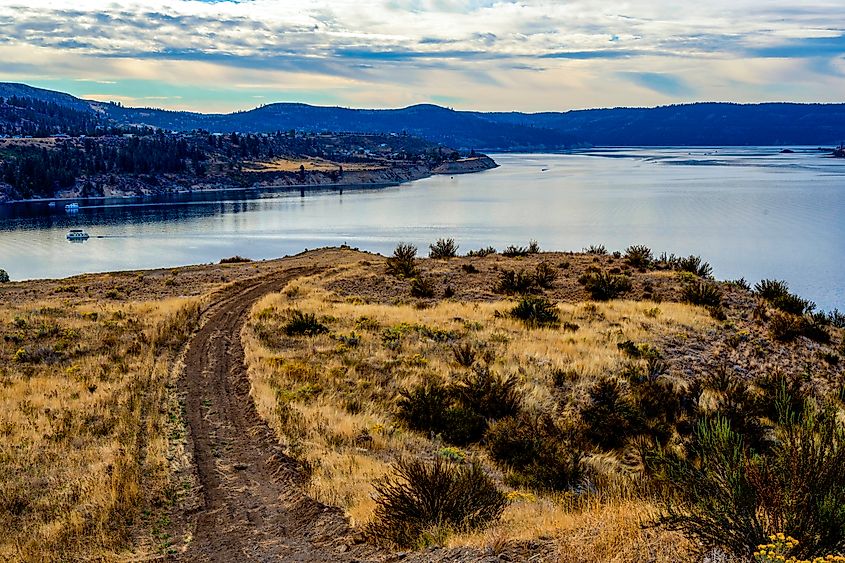
Summer is peak season at Lake Roosevelt. Houseboat rentals offer a popular way to explore the lake’s quieter stretches. The Colville Confederated Tribes operate a houseboat service that allows visitors to spend days or even weeks navigating remote inlets and enjoying warm water in the high-desert sun.
Campgrounds fill up quickly during the warmer months, especially near the lake’s most accessible launch points. Hikers explore nearby bluffs and hills, where panoramic views stretch across wide expanses of forest, grassland, and water. Wildlife such as osprey, bald eagles, mule deer, and even black bears are commonly seen near the shoreline.
Environmental Challenges
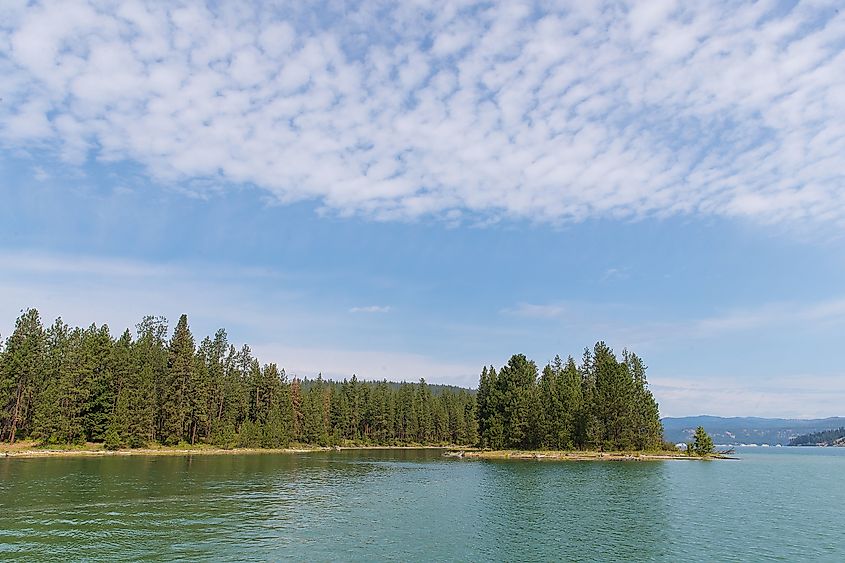
Lake Roosevelt is not without problems. A large smelter in Trail, British Columbia, released industrial waste into the Columbia River for decades. That waste carried high levels of heavy metals and toxins into US waters, eventually settling in the lake.
The Colville Tribes have raised concerns about health risks from this pollution. The Environmental Protection Agency continues to investigate the issue, and talks with the smelter’s owner, Teck Cominco, have aimed at securing a cleanup plan. Although the water remains safe for recreation in most areas, long-term impacts on fish populations and sediment quality remain under review.
A Lake of Vision and Promise
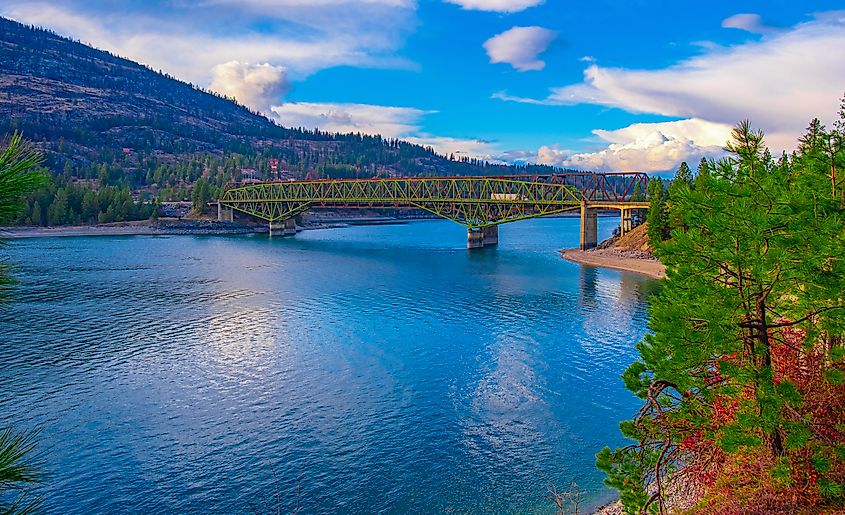
In 1949, historian Murray Morgan called Lake Roosevelt a “tremendous rink” in winter and a “wonderful sailing” lake in summer. He imagined it as a year-round playground with quiet coves and sweeping shorelines. While not all of that vision came to life, much of it has.
Today, the lake draws over 1.5 million visitors annually. Travelers come to fish, camp, hike, or simply drift across the water. They come for the solitude, the scenery, and the connection to one of the most powerful rivers in North America.
Lake Roosevelt remains one of Washington’s most important and memorable destinations. It is a place of energy and reflection, utility and escape, history and nature.
Quick Facts About Lake Roosevelt
| Feature | Details |
|---|---|
| Length | 150 miles |
| Average Depth | 375 feet |
| Maximum Elevation (Full Pool) | 1,290 feet above sea level |
| Water Volume | 9 million acre-feet |
| Shoreline Length (at Full Pool) | Over 600 miles |
| Recreation Area Size | 100,400 acres |
| Annual Water for Irrigation | 2.5 million acre-feet |
| Irrigated Land Area | Over 670,000 acres |
| Fish Released Each Year | 500,000 rainbow trout and 500,000 kokanee |
| Total Fish Species | More than 30 |
| Houseboat Rentals | Operated by the Colville Tribes |
| Annual Visitors | Over 1.5 million |
Frequently Asked Questions
Where is Lake Roosevelt located?
The lake stretches across northeastern Washington from Grand Coulee Dam to the Canadian border.
Can you swim in Lake Roosevelt?
Yes. Many recreation areas along the shoreline allow for swimming during summer.
What kinds of fish are found in the lake?
The lake supports rainbow trout, kokanee, bass, walleye, and more than 30 species in total.
Are there campgrounds and boat launches?
Yes. The National Park Service operates dozens of campgrounds and boat ramps throughout the lake.
How does the water level change during the year?
The lake is drawn down in fall and winter and typically refills by June. The level can change by up to 82 feet.
